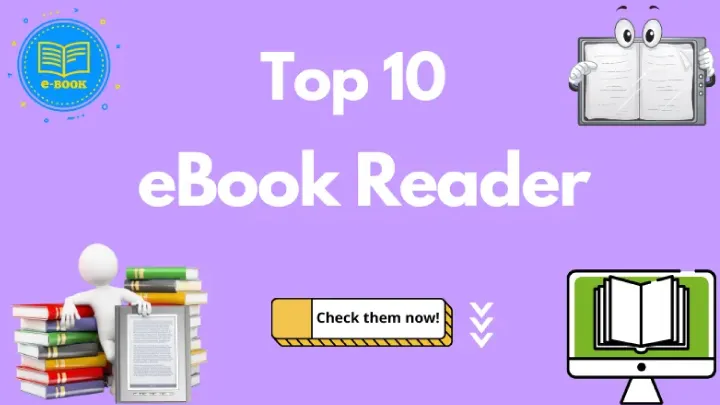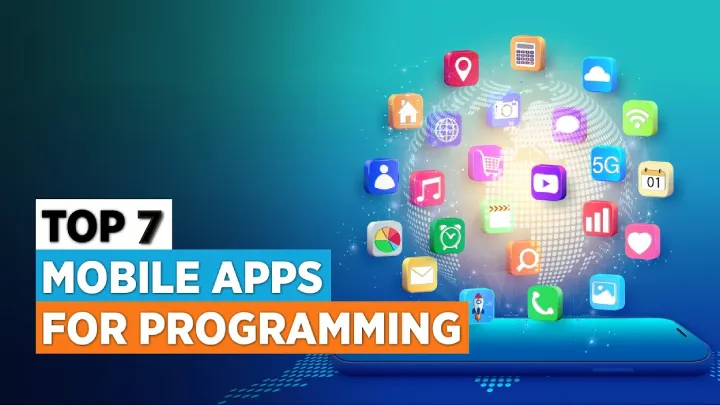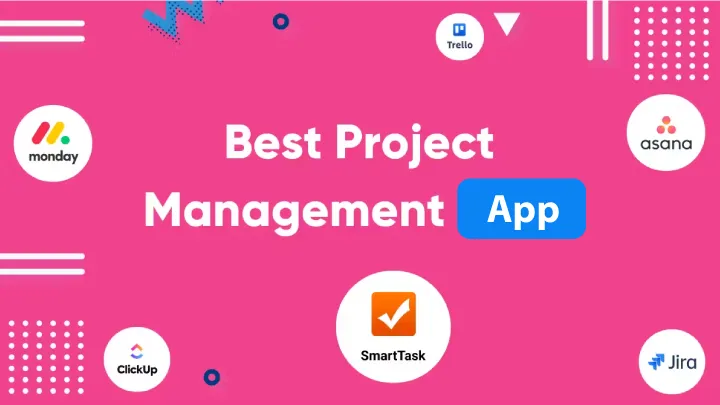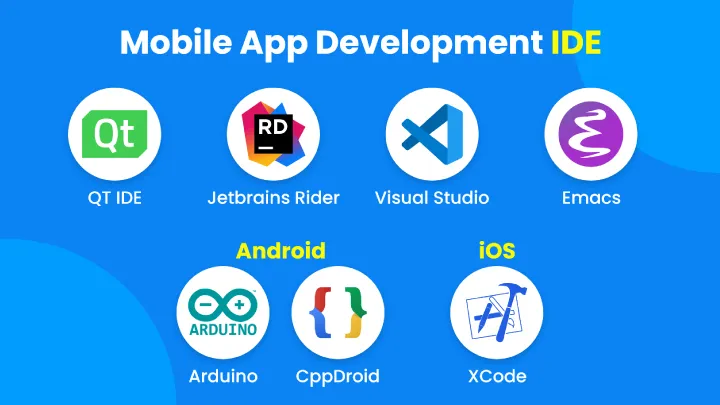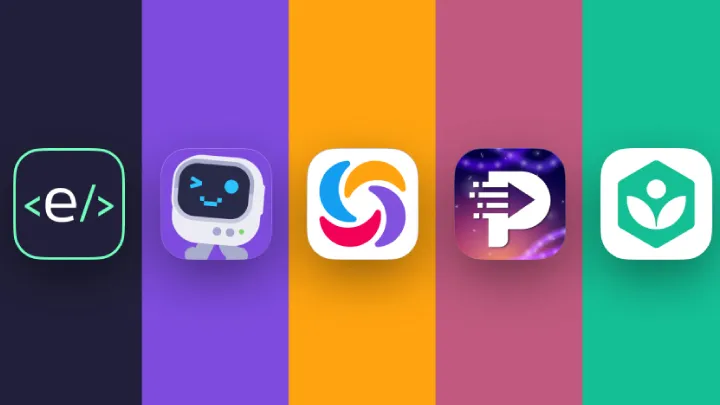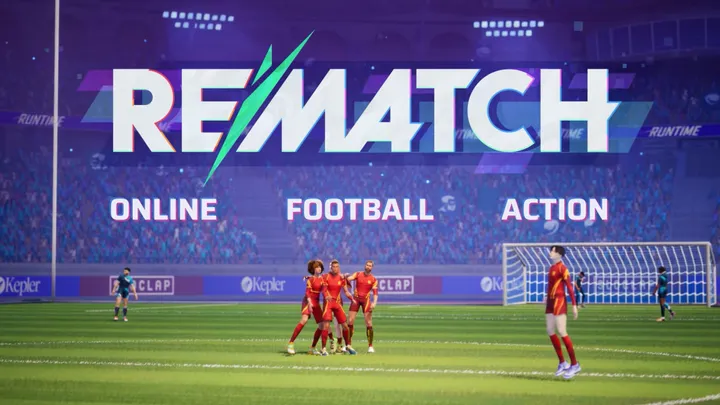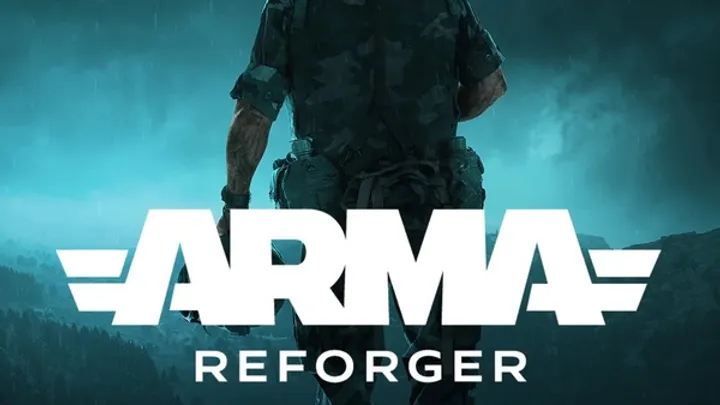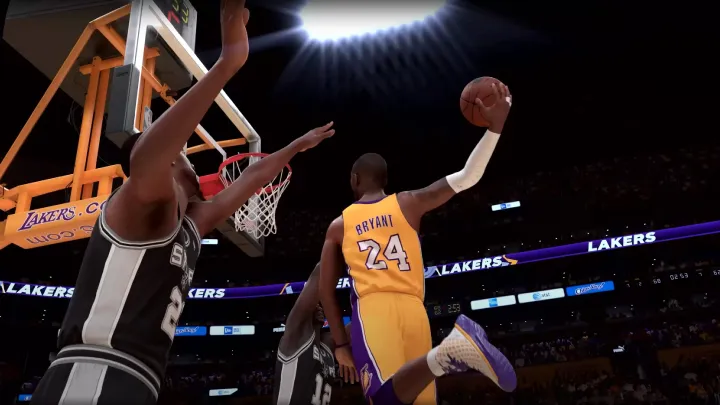Sports video games have always struggled with a central dilemma: should they lean more toward realism, creating a true-to-life simulation of the sport, or toward accessibility, ensuring that casual players can pick up a controller and enjoy the game without needing encyclopedic basketball knowledge? NBA 2K24 is the latest installment in a franchise that has constantly wrestled with this balance. While it introduces mechanics that bring the digital hardwood closer to the real NBA, it also makes design choices to welcome newcomers. This article explores how NBA 2K24 attempts to strike that delicate equilibrium, where realism does not alienate players, and accessibility does not dilute authenticity.
The Evolution of Realism in the NBA 2K Franchise
NBA 2K has always marketed itself as a basketball simulation, not just an arcade experience. Over the years, the series has pushed boundaries in player movement, physics, and presentation. NBA 2K24 continues this tradition with refined mechanics, more accurate animations, and enhanced AI behavior.
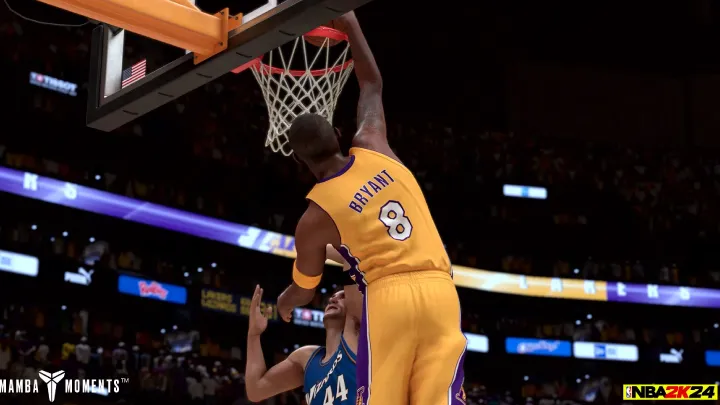
At the same time, realism has expanded beyond graphics. Player tendencies, stamina systems, and even crowd dynamics now mimic the NBA. Yet, with this realism comes increased complexity. Not every fan who picks up the game wants to think about defensive rotations or off-ball stamina drain. Thus, 2K24 had to design systems that appeal to both ends of the player spectrum.
Accessibility Through Tutorials and Onboarding
A game can’t be inviting if new players don’t know how to play. NBA 2K24 invests heavily in tutorials, skill challenges, and onboarding tools that explain the basics without overwhelming players.
Guided Practice
The training courts, shooting drills, and practice sessions allow players to gradually learn mechanics. These tutorials simplify advanced concepts such as green windows or defensive shading, ensuring accessibility while preserving depth for competitive players.
Adaptive Assistance
Features like adaptive shot feedback and controller vibrations guide players toward proper timing. This real-time feedback acts as a bridge between raw accessibility and eventual mastery.
Gameplay Mechanics: Striking the Middle Ground
Core gameplay is where the realism–accessibility balance is most noticeable. NBA 2K24 introduces refinements to dribbling, shooting, and defense that reward skill but avoid alienating casual players.
For example, dribbling animations replicate real NBA players, yet simplified control schemes let casual players pull off flashy moves without memorizing endless button combinations. Similarly, shooting systems are technical at their core but offer visual aids like meters for newcomers.
MyCareer: A Story Mode for Everyone
The MyCareer mode is one of the best illustrations of how NBA 2K24 blends realism with accessibility. On the realism side, it replicates the grind of an NBA career—starting from humble beginnings, dealing with media pressure, and navigating contracts.
But to make this grind accessible, the narrative structure includes cinematic storytelling and straightforward objectives. Newcomers who might be overwhelmed by stat sheets or complex build systems still find a guided experience, while hardcore players can dive deeper into optimizing builds and playstyles.
MyTeam and the Balance of Depth vs. Simplicity
MyTeam, 2K24’s card-collecting mode, embodies both the strengths and weaknesses of the realism-accessibility spectrum. Its player cards, historical rosters, and evolving meta-game mimic the complexity of real basketball management.
Yet, accessibility enters through features like pack tutorials, starter teams, and simplified challenges for casual users. Even the auction house—complex for veterans—is explained with basic tools for beginners. Still, some argue that microtransactions tilt the balance away from accessibility, raising questions about whether true balance can be achieved.
Presentation and Atmosphere: Realism Without Barriers
One of the easiest wins for 2K24 is presentation. The broadcast-style camera work, dynamic commentary, and lifelike crowd reactions enhance realism without making the game harder to play.
Commentary Depth
Commentators reference player storylines, records, and even real-life rivalries. This realism is immersive but doesn’t require any skill from the player—an accessibility victory.
Visuals and Animations
Player likenesses and fluid animations replicate NBA broadcasts. These improvements add realism without introducing mechanical difficulty, letting both casual and hardcore players enjoy the spectacle.
Online Modes and the Skill Gap
When players step online, realism and accessibility clash most directly. Casual players want fun matchups; competitive players demand skill-based outcomes. NBA 2K24 attempts to manage this with matchmaking systems that pair similar skill levels while still allowing progression.
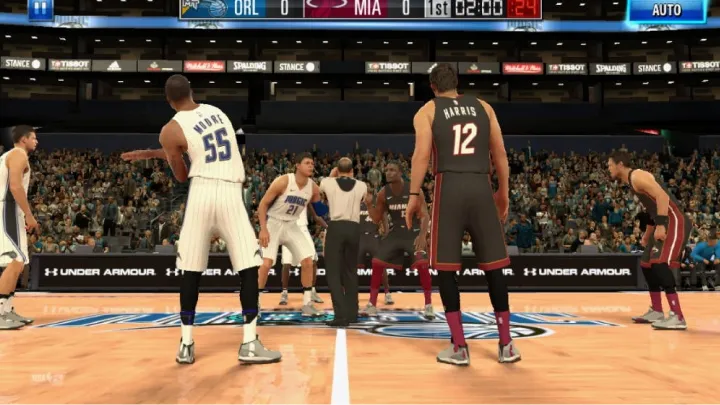
The Park/City system gives casual players a social hub to interact, while Pro-Am and Ranked MyTeam cater to hardcore competition. This tiered structure ensures accessibility without sacrificing realism for those chasing competitive balance.
Badge System: Complexity Simplified
The badge system in NBA 2K24 illustrates how complex systems can be made accessible. Badges influence shooting, defense, and playmaking, creating depth for hardcore min-maxers.
Yet, the game introduces visual explanations and beginner-friendly guides that show what each badge does. For newcomers, equipping a “Catch and Shoot” badge is self-explanatory, while experts can dive into badge stacking strategies. This dual-layer design epitomizes the realism-accessibility balance.
Economy and Virtual Currency: Accessibility or Barrier?
One of the most controversial aspects of NBA 2K24 is its VC (Virtual Currency) economy. On one hand, VC simulates real-world professional sports economies—contracts, endorsements, and investments. On the other hand, it creates accessibility barriers.
For casual players unwilling to spend money, grinding VC can feel like a second job. For paying players, accessibility is instant but at the cost of fairness. This creates tension: realism in simulating financial grind vs. accessibility in providing quicker paths to progress.
Community Feedback and Developer Response
No balance can last without adjustment. NBA 2K24 thrives—or falters—based on how developers respond to community input. Patches, shooting sliders, and gameplay tweaks often reflect the ongoing tug-of-war between realism and accessibility.
Veteran players frequently request more realism in stamina, physics, or defense, while casuals request more forgiveness in shooting or movement. The developers’ challenge is to weigh both sides, creating a constantly shifting middle ground.
The Future of Balance in NBA 2K
Looking ahead, NBA 2K must continue refining how it balances its simulation roots with the casual fun factor. Possible directions include more customizable settings—letting players “dial up” or “dial down” realism—or AI systems that adjust to player skill dynamically.
The success of NBA 2K24 shows that balance is possible, but fragile. The franchise will always face criticism, yet its ongoing adjustments prove that accessibility and realism can coexist, even in a competitive sports simulation.
Conclusion
NBA 2K24 embodies the eternal struggle between simulation and fun. Its mechanics, modes, and presentation push the boundaries of realism, yet accessibility features like tutorials, simplified systems, and engaging storytelling make it approachable. Still, controversies around VC and competitive fairness remind us that the balance is delicate. Ultimately, NBA 2K24 succeeds in walking this tightrope, offering something meaningful for both casual fans and basketball purists.








